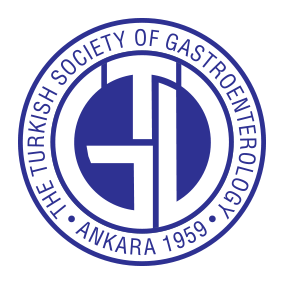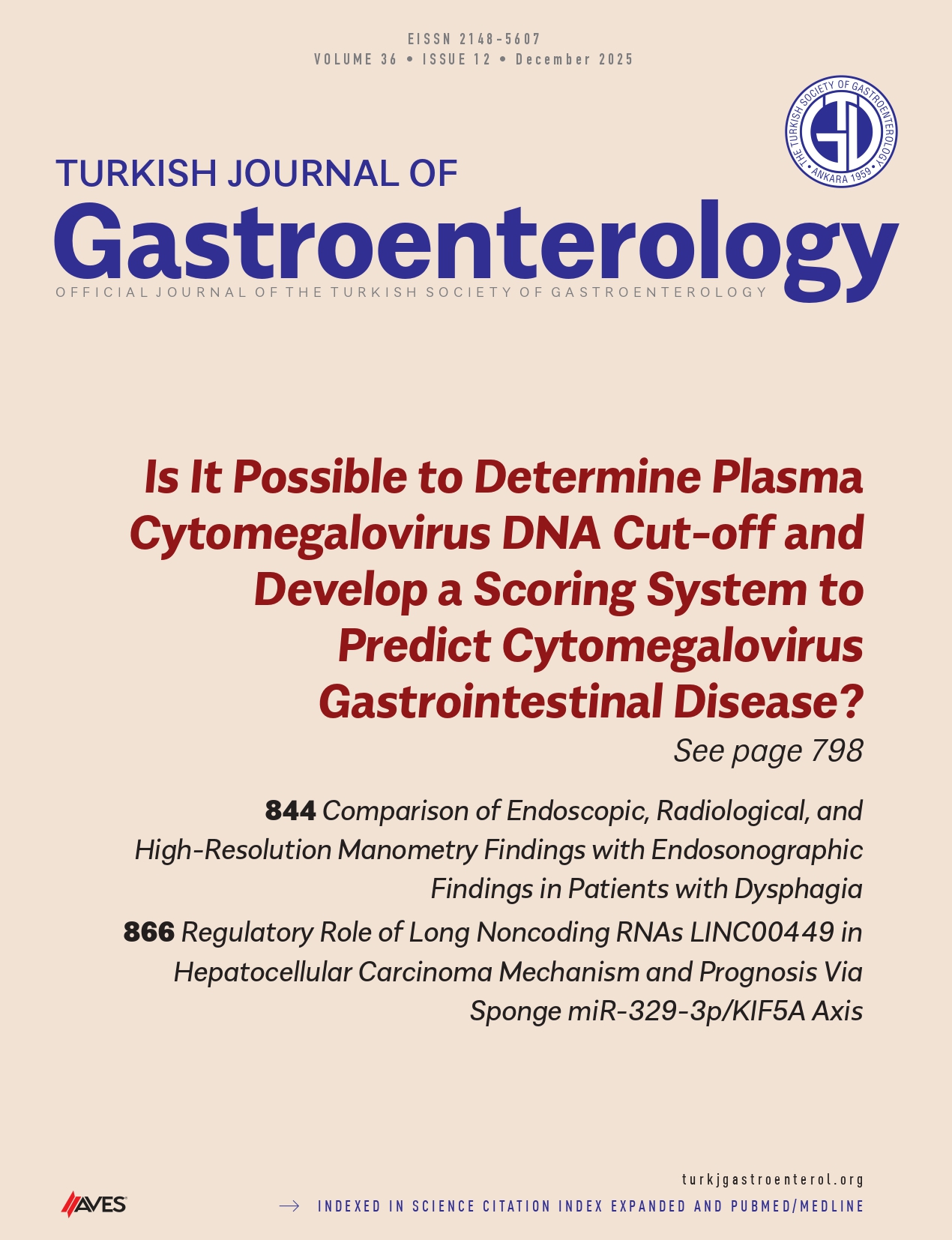Background/Aims: To screen cuproptosis-related genes (CRGs) and construct a prognosis risk model for hepatocellular carcinoma (HCC) based on transcriptome data.
Materials and Methods: Transcriptome, gene expression, and clinical data of HCC were downloaded from the Cancer Genome Atlas (TCGA) and Gene Expression Omnibus (GEO) databases to screen CRGs. Differential genes were screened, and Cox analysis and LASSO regression analysis were performed. The clinical value of the constructed model for HCC patients was assessed. Patient survival rates were predicted. The expression of relevant genes in liver cancer tissues and adjacent tissues was verified, and the prognostic risk for patients was evaluated.
Results: Nineteen CRGs were identified, and 15 genes were expressed differently in tumor tissues and normal tissues. Multivariate analysis and LASSO regression analysis showed that 15 genes related to prognostic risk were screened, based on which a prediction model of 9 CRGs was constructed. High-risk patients, as determined by the prognostic model, showed a significantly decreased survival rate relative to low-risk patients. Tumor microenvironment and drug sensitivity were closely related to risk scores. Nomograms predicted survival probabilities for liver cancer patients over 1-, 3-, and 5-year periods at 91.6%, 62.4%, and 56.3%, respectively. Reverse transcription quantitative polymerase chain reaction experiments verified the relevant gene expression that made up the model in liver cancer and adjacent tissues.
Conclusion: The constructed prognostic risk model can predict the prognosis of HCC well and may be used for risk stratification, immunotherapy evaluation, and drug susceptibility analysis.
Cite this article as: Huang W, Wu Q. Unsupervised clustering subtype analysis and prognostic risk model of cuproptosis-related genes for liver cancer. Turk J Gastroenterol. Published online August 11, 2025. doi 10.5152/tjg.2025.24490




.png)
.png)